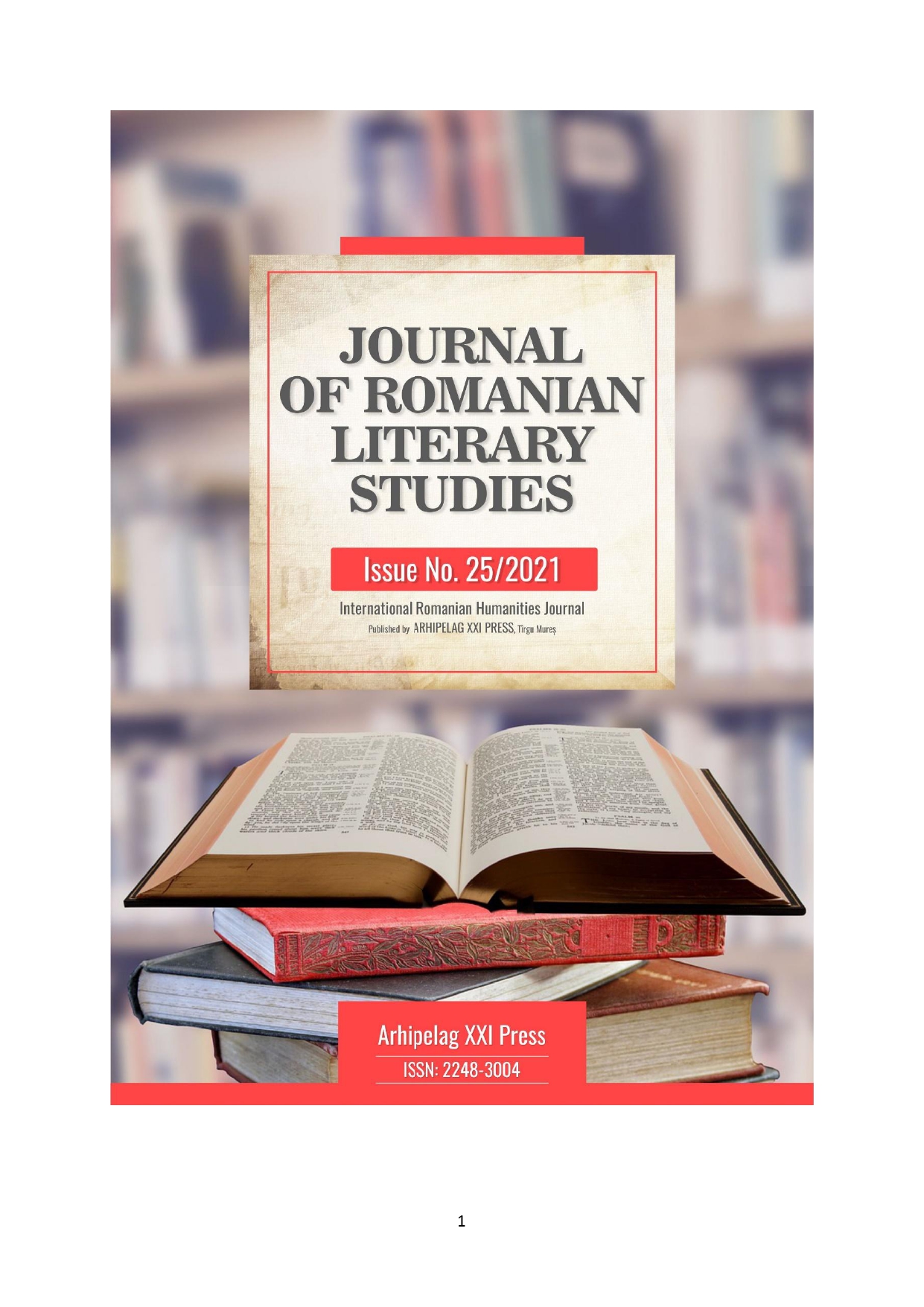CHIPĂRUŞUL, THE INTANGIBLE HERITAGE OF VRANCEA COUNTY
CHIPĂRUŞUL, THE INTANGIBLE HERITAGE OF VRANCEA COUNTY
Author(s): Luminița-Elena VasiliuSubject(s): Customs / Folklore, Cultural Anthropology / Ethnology, Culture and social structure
Published by: Editura Arhipelag XXI
Keywords: heritage; funeral dance; death; Nereju; rite of passage;
Summary/Abstract: The Chipăruş, the unique funeral dance in Europe, is losing its existence in the dark of the times. As a crossing line, “the dance of uncles”, as Dimitrie Gusti called it, has a rich symbolism, connected to the cult of the ancestors, with strong apotropaic virtues. If at first it was spread across several geographical areas, today we only find it in Nereju, in the ensemble with the same name. Play on request, on death of a member of the assembly or on stage. In the campaign in Nereju in 1927, Dimitrie Gusti and his team indicated the presence of this funeral dance. In 1938, however, H.H. Stahl mentioned that “Chiperul” was banned by the church representatives, being considered a heathen. From the talks with the local people, the Chipăruş has been in a shade for the past decades, due to financial difficulties as well as lack of interest in the heritage. The costume is of archaic simplicity. The central element is the mask, an archetypal pattern, the one that embodies the ancestors. He has a dual function: to accompany the soul of the defunct into the world of the dead, to make his smooth passage “from the age of now to the eternity”; another function is to protect the deceased’s family from his return to the alive world. It is a living example of preserving and transmitting immaterial cultural heritage elements. The Chipăruş is an element of national identity, the one who makes us abroad. Those who keep this dance of death alive and pass it on to the young generations received, as a recognition of their work, the title of living human treasures: Folk Master Şerban Terţiu and Chipăruş dancer leader Ştefan Harabagiu. They pass both the craftsmanship of the making of the masks and the dance of Chipăruşul to the younger generations. Recorded at OSIM in 2007, Chipăruşul represents the dance of the triumph of life over death. The Chipăruş needs promotion as a symbol of immaterial heritage. If Oltenia has Călușul, Moldova has its Chipăruş.
Journal: Journal of Romanian Literary Studies
- Issue Year: 2021
- Issue No: 25
- Page Range: 527-532
- Page Count: 6
- Language: Romanian

